How did dictaphones appear and what are they?
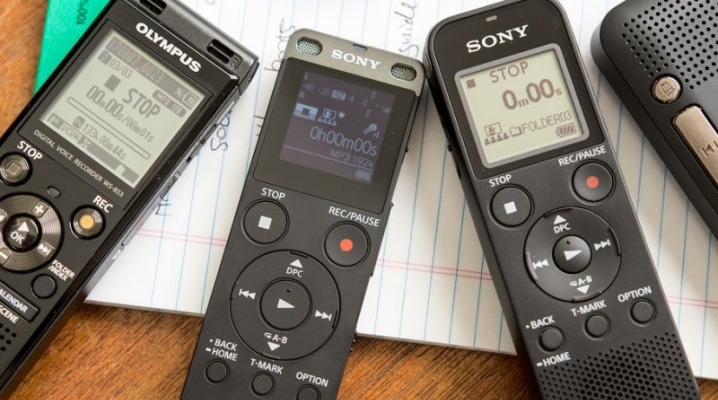
There is a nice expression that says that a voice recorder is a special case of a tape recorder. And tape recording is indeed the mission of this device. Due to their portability, voice recorders are still in demand, although multifunctional smartphones could sweep this product off the market. But there are nuances that distinguish the device and the use of the recorder, and they helped them not to become a technical relic.
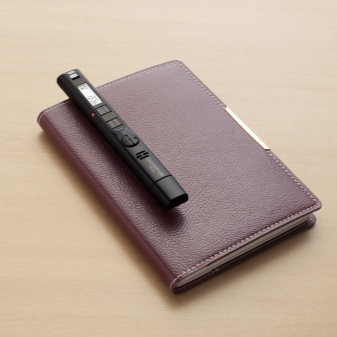

What it is?
A dictaphone is a highly specialized device, that is, it copes with a specific task better than, for example, sound recording on a smartphone. It is a small-sized device used for sound recording and subsequent listening to the recorded. And although this technique is already 100 years old, it is still in demand. Of course, the modern voice recorder looks much more compact than the first models.
Today, a voice recorder is a small device, definitely smaller than a smartphone, that is, its dimensions allow you to carry equipment with you without any problems. It may be needed: students and listeners of various educational courses, journalists, seminar attendees.
A dictaphone will come in handy at a meeting, it is needed where there is a lot of information, it sounds for a long time, and it is simply impossible to remember or outline everything.
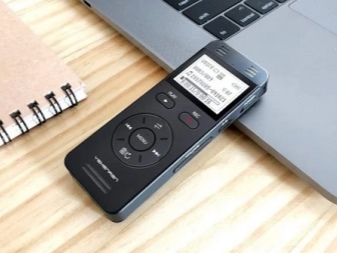
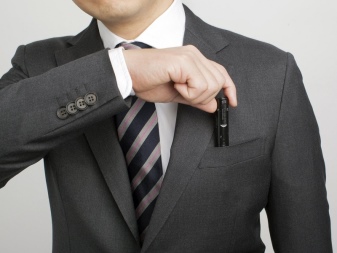
History of creation
This question always has a philosophical implication. If a dictaphone is a recording device, then a stone with inscriptions and cave paintings can be attributed to it. But if we nevertheless approach science, physics, then Thomas Edison in 1877 invented a revolutionary device he called the phonograph. Then this device was renamed the gramophone. And this invention may well be called the first voice recorder.
But why, then, exactly a dictaphone, where does this word come from? Dictaphone is a subsidiary of the famous Columbia company. And this organization at the beginning of the 20th century began to produce equipment that records human speech. That is, the name of the device is the name of the company, which has happened more than once in the history of business. In the early 60s of the last century, dictaphones appeared, recording sound on tape cassettes. And this is exactly what for many years was considered a model of such a device: a "box", a button, a cassette, a film.
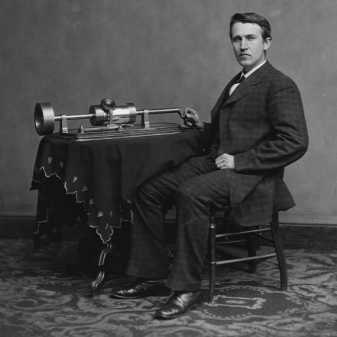
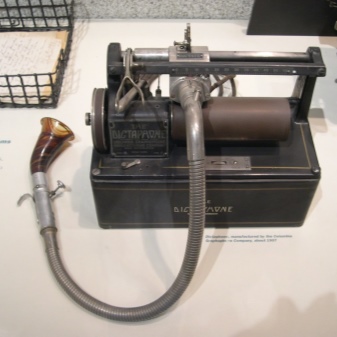
The first mini-cassette was made in Japan in 1969: to say that it was a breakthrough is to say nothing. The device began to decrease, it could already be called compact. And in the 90s of the last century, the digital era came, which, of course, also touched dictaphones. The demand for film products fell predictably, although the figure could not completely replace the film for a long time. And then the pursuit of sizes began: the dictaphone could easily be built into a wristwatch - it seems that then everyone could feel like an agent 007.
But the recording quality of such a device was not equal to that demonstrated by more familiar models of technology. Therefore, I had to choose between size and sound quality. And there are situations when this choice is not obvious. Today, anyone who wants to buy a dictaphone will come across a huge offer. He can find a budget hobbyist model or buy a professional one. There are models with a variety of microphones, and there are those designed for covert recording. And, of course, today there are miniature dictaphones with excellent sound recording, but you cannot call such devices budgetary.
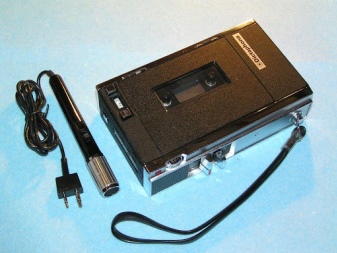
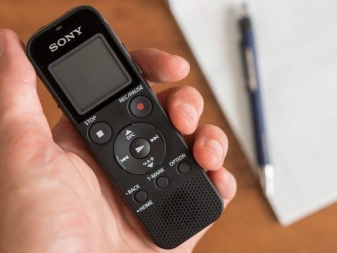
Species overview
Today there are two types of voice recorders in use - analog and digital. But, of course, another classification, more conditional, is also appropriate. She divides devices into professional, amateur and even children.
Analog
These devices record sound on magnetic tape: they are cassette and microcassette. Only the price can speak in favor of such a purchase - they are really cheap. But the recording time is limited by the capacity of the cassette, and a regular cassette can hold only 90 minutes of sound recording. And for those who use the voice recorder regularly, this is not enough. And if you still want to keep the recording, you will have to store the cassettes themselves. Or you even have to digitize the records, which is quite laborious.
In a word, Now such voice recorders are rarely bought. And this is usually done by those who have remained in the habit of working with cassettes. They do not want to change it, to get used to the new main characteristics of the device. Although digital voice recorders are luring the buyer to their side every day.
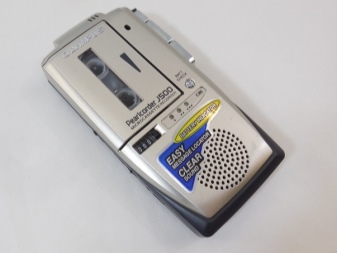
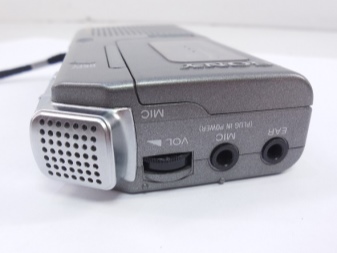
Digital
In this recording technique, information remains on the memory card, which, in turn, can be external or built-in. By and large, digital devices differ only in the recording format. And then there is a strong spread: there are dictaphones with an external microphone included, with voice activation, with a sound sensor.
There are devices for children, blind people and others.
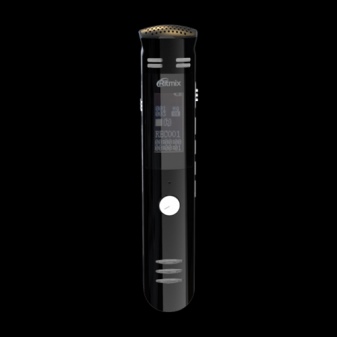
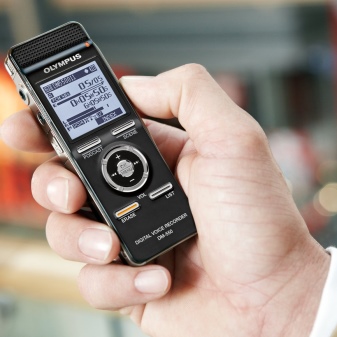
Voice recorders are classified according to a number of characteristics.
- By type of food. They can be rechargeable, rechargeable and universal. If the marking contains the letter B, it means that the design is battery-powered, if A is rechargeable, if U is universal, if S is a solar-powered device.
- By functionality. There are models with a simplified list of functions, for example, they record sound - that's all. There are devices with advanced functionality, which means that the recording can be listened to, that there is navigation through the recorded information. Headphones, good logistics of control buttons and even a camera - there is a lot on the market today. The dictaphone player has become an outdated association to this concept.
- To size. From voice recorders that look like an ordinary decorative wrist bracelet, to devices that resemble mini speakers, a lighter, and more.
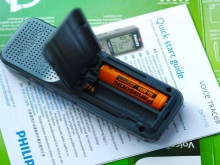
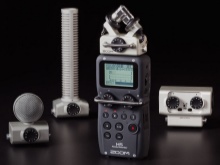
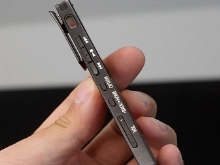
Expand the capabilities of the voice recorder with additional functions. Not every buyer understands why they are needed, but regular users appreciate the manufacturer's ideas. For example, when the voice recording activation is enabled in the dictaphone, the recording will be turned on only when the sound exceeds the activation thresholds. There is also a timer recording in many models, that is, it will turn on at a certain time. The function of loop recording is also convenient for users, when the recorder does not stop recording and when it reaches the limits of its memory, simultaneously overwriting early recordings.
They have modern devices and very important protection functions. So, many voice recorders are equipped with a digital signature - that is, they allow you to determine on which device the recording was made, and whether it has been modified. This is important for evidence in court, for example. There is also a masking of phonograms in modern dictaphones: it will not allow you to see phonograms on a flash drive if you want to read them using another device. Finally, password protection will prevent the use of a stolen voice recorder.
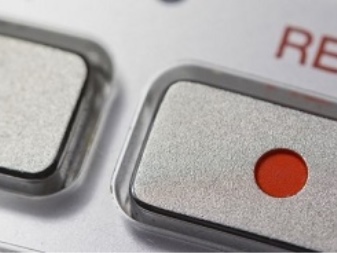

Dimensions (edit)
These gadgets are usually divided into compact and miniature. Dictaphones are considered miniature, comparable in size to a box of matches or a key ring. These are models that are usually no larger than a lighter. But the smaller the dictaphone, the less its potential. Usually, such devices can only cope with the recording function, but you will have to listen to the information through a computer.
Portable voice recorders are the most in demand, since more users use this technique openly, and there is absolutely no need to make it practically invisible to them.And for the same student, it is important not only to record a lecture, but also to be able to listen to it on the way to study, that is, without having to transfer the sound recording to a computer. A the more functions a voice recorder has, the less chances it will be very small. The choice, fortunately, is great.



Rating of the best models
This list contains the top 10 models, which this year were recognized as the best by various experts (including real users based on their feedback). The information presents a cross-section of thematic collections, comparison materials of different models: from cheap to expensive.
- Philips DVT1110. An excellent voice recorder if its main purpose is to record personal notes. Inexpensive device, and it only supports WAV format, is rated for 270 hours of continuous recording. A multifunctional, compact and lightweight gadget with a large frequency range, ease of use and an excellent manufacturer's reputation. The disadvantages of the model include a mono microphone, support for a single format. Recording marks can be set on the device. Made in China.
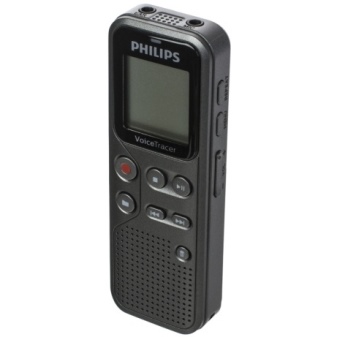

- Ritmix RR-810 4Gb. This model is the most budgetary on the list, but it fulfills its price more than. Has a built-in memory of 4 GB. The dictaphone is single-channel and has a good quality external microphone. Provided by manufacturers and a timer, and button lock, and activation by voice. The design is not bad, there is a choice of colors, it can be used as a flash drive. True, some users complain about small buttons (really, not convenient for everyone), a battery that cannot be replaced, and noises that may be in the finished material.
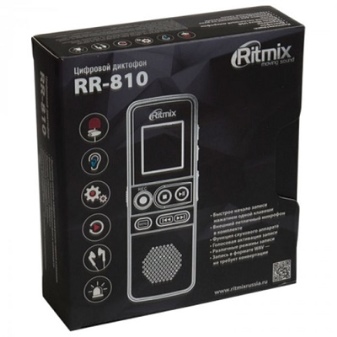
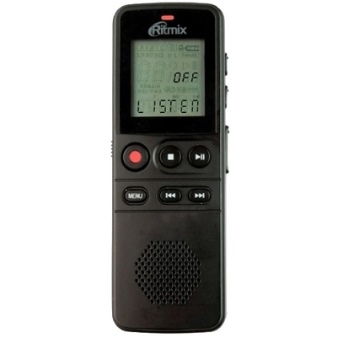
- Ambertek VR307. Universal model, as it supports 3 audio formats. Great device for recording interviews. It "disguises itself" as a USB flash drive, therefore, with the help of such a tool, you can make hidden records. Its advantages are light weight, micro-size, nice design, the ability to record even a whisper, voice activation, 8 GB of memory, a metal case. Its disadvantages - the recordings will be larger, the sound activation option may be somewhat delayed in response.
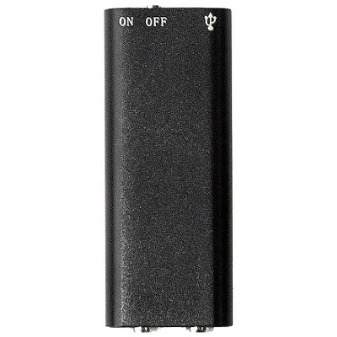

- Sony ICD-TX650. Weighing only 29g and still delivering high quality recording. The model is 16 GB of internal memory, 178 hours of operation in stereo mode, an ultra-thin body, voice activation, the presence of a clock and an alarm clock, a stylish design, a delayed timer recording among the options, receiving messages and scanning them, excellent equipment (there are not only headphones, but also a leather case, as well as a computer connection cable). But the option is already non-budget, it does not support memory cards, there is no connector for an external microphone.
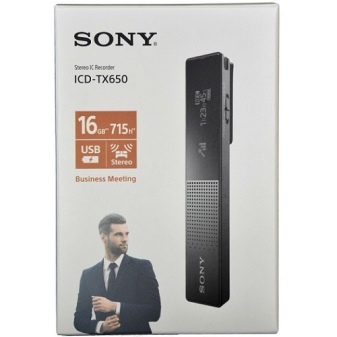
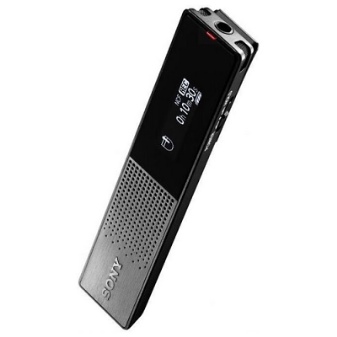
- Philips DVT1200. Included in the budget category of voice recorders. But for not the most money, the buyer buys a multifunctional device. The gadget is lightweight, the sound is recorded perfectly at low frequencies, the noise cancellation system works perfectly, there is a slot for a memory card. Disadvantages - the ability to record only in WAV format.
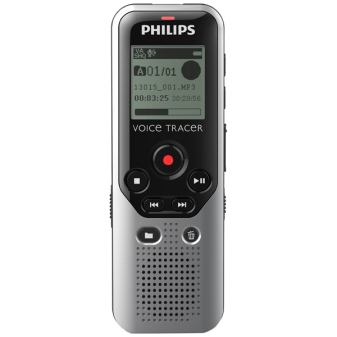
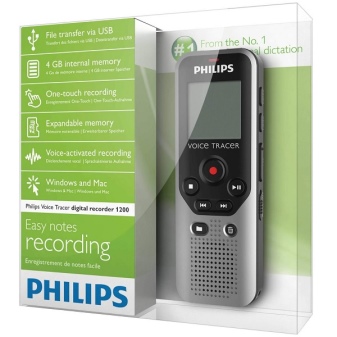
- Ritmix RR-910. The device is inexpensive, but convenient, probably, in this rating it is the most compromise option, if you do not want to spend especially on a dictaphone. Among its advantages - a metal Hi-Tech case, as well as an LCD-display, voice activation and timer, indication of recording time, 2 high-quality microphones, a capacitive removable battery. And also it has an FM radio, the ability to use the gadget as a music player and flash drive. And the device has no obvious drawbacks. Made in China.
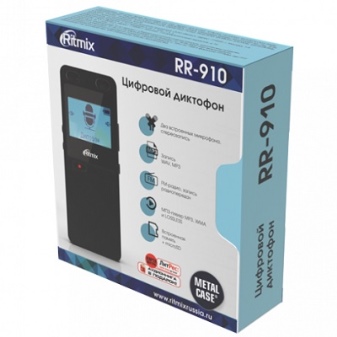
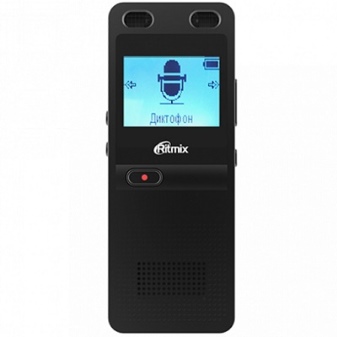
- Olympus VP-10. The gadget weighs only 38 g, has two built-in powerful microphones, perfect for journalists and writers. The obvious advantages of the technology include support for 3 leading audio formats, beautiful design, excellent memory for long conversations, voice balance, wide frequency range, versatility. The main disadvantage of the device is the plastic case. But due to this, the recorder is lightweight.Does not apply to cheap models.
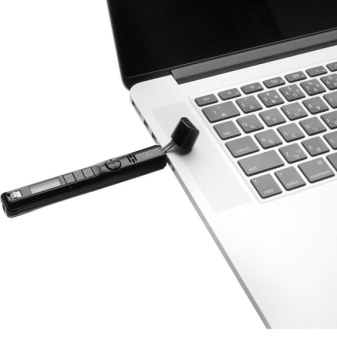
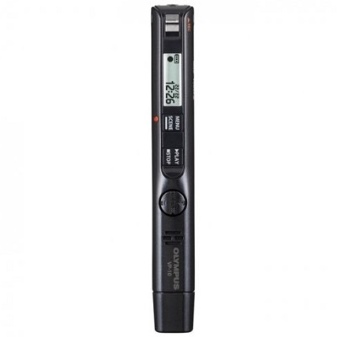
- Zoom H5. A premium model, of all that is presented in this top, it is the most expensive. But this device is truly unique. It has a special design with protective metal bars. A wheel for manual adjustment can be seen under the middle edge. By purchasing such a device, you can count on a super-durable case, a display with the highest clarity, 4 recording channels, high autonomy, comfortable control, wide functionality and rather powerful speakers. But the expensive model also has drawbacks: there is no built-in memory, the Russian menu cannot be found here either. Finally, it is expensive (not an option for most students).
But you can attach it to a tripod, start recording in auto mode, and the score for the noise reduction system of the gadget is also high.
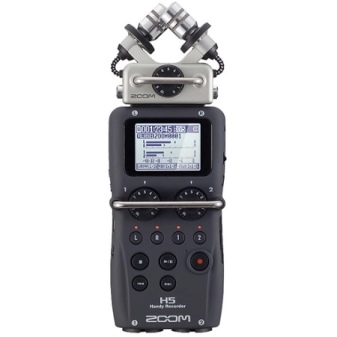
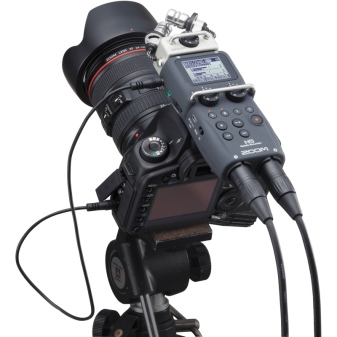
- Philips DVT6010. It is called the best gadget for recording interviews and reports. Thanks to innovative technology, the technique guarantees crystal clear recording: the audio signal is analyzed at the input, and the focal length is automatically adjusted relative to the distance of the object. The model has a simple menu (8 languages), keypad lock, sound volume indicator, quick search by date / time category, reliable metal case. The whole structure weighs 84 g. The device is designed for a maximum recording time of 22280 hours.
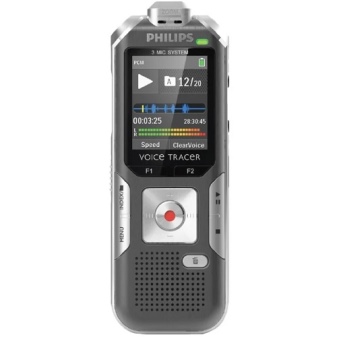

- Olympus DM-720. The Vietnamese manufacturer offers a model that is leading in many tops in the world. Silver body made of aluminum alloy, weight only 72 g, digital dot matrix display with a diagonal of 1.36 inches, a clip that is attached to the back of the device - this is the description of the model. Its undoubted advantages include a large frequency range, stylish design, ergonomics, ease of use, attractive battery life. And this device can also be used as a USB flash drive, which for many is the last reason in buying this particular model. As for the minuses, the experts do not find any obvious flaws. Here you can find an alarm clock, an answering machine, noise cancellation, a backlight, and voice notifications. An excellent choice, if not the best.
The rating is compiled for increasing, that is, the first position is not the leader of the top, but the starting position in the list.
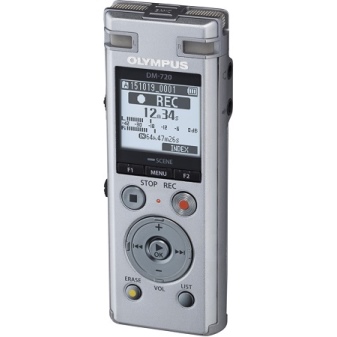
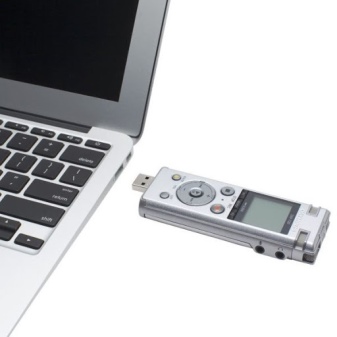
Useful accessories
In choosing a voice recorder, the possibility of using additional accessories with it may not be of last importance. This includes a storage case, headphones, and even a phone line adapter. Perfect, if the device has a connector for external microphones that amplify the recording by several meters and successfully fight against interference during recording. They also help with outdoor recording if the recorder, for some reason, has to be hidden behind clothes.

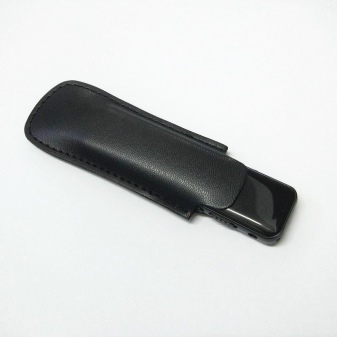
How to choose?
The choice between digital and analog is almost always in favor of the former. But there are also not so obvious characteristics that need to be taken into account when choosing a voice recorder.
- Recording format. These are usually WMA and MP3. It is up to each user to decide whether one proposed format is enough for him, or he needs to have several at once. True, a high-quality microphone is sometimes much more important than the variety of formats.
- Recording time. And here you can fall for the bait of the seller, who lures with large numbers. The recording time is both the capacity of the storage card and the recording format. That is, such characteristics as compression ratio and bitrates come into play. If you avoid details, then it is better to look not at the number of specified hours of continuous recording, but at a certain mode. This will be 128 kbps - it will provide good quality even for recording a long lecture in a rather noisy room.
- Battery life. The actual operating time of the gadget will depend on it. It is worth remembering that there are models with a non-removable battery that cannot be replaced.
- Sensitivity. This is important, because the distance from which the voice recorder will record the voice depends on this characteristic.Taking an interview or recording your thoughts is one thing, but recording a lecture is another. A significant parameter will be the sensitivity, indicated in meters, that is, how sensitive the gadget is, it will be clear by the indicated indicator of meters of distance at which the speaker can be.
- Voice activation (or voice recorder with speech recognition). When silence occurs, the handheld device stops recording. This is well realized in a lecture: here the teacher was diligently explaining something, and then he began to take notes on the board. If there was no voice activation, the recorder would have recorded the chalk grinding. And so at this time the device turns off.
- Noise suppression. This means that the technique can recognize the noise and turn on its own suppression filters to counteract it.
These are some of the most important characteristics of the choice, other functions do not need such a detailed description (timer, alarm clock, radio, work on a microcontroller). Brands are certainly more preferable, but simple budget, not so well-known models should not be excluded from the considered ones.
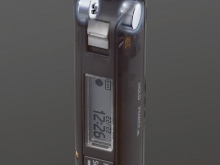
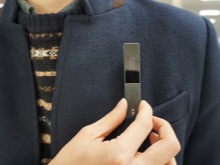
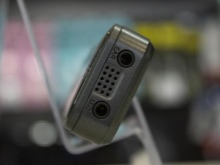
Where and how is it used?
For many people, a voice recorder is a professional technique. As for journalists, for example. The purpose of the gadget is to record high-quality information that cannot be obtained in any other form (outline, use video filming).
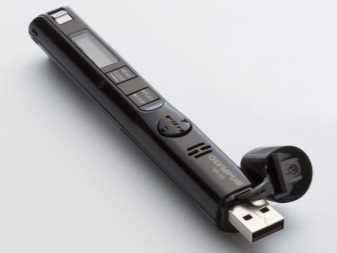
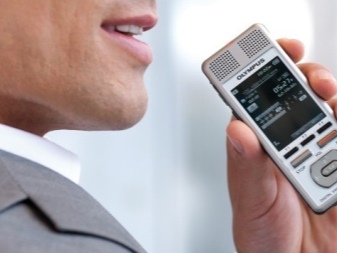
Where else is the dictaphone used?
- Recording of lectures, information at seminars and meetings. The last point is sometimes deprived of attention, but in vain - it can be harder to unravel the notes in the notebook later.
- Recording of audio evidence (for court, for example). There are nuances when this record will be added to the investigation materials, but in general, such use is widespread.
- For recording telephone conversations. And this is not always something from the series "for litigation", it is just that sometimes it is easier to transfer the content of the conversation to a third party.
- For keeping an audio diary. Modern and quite practical: such records weigh a little, take up little space. Yes, and sometimes it's nice to listen to your old self.
- As a guarantor of agreements. For example, if you lend to a friend, or you need to fix the terms of a deal.
- To develop your own oratory skills. Training in front of a mirror is not always so effective, because you have to evaluate yourself online. And if you record your voice, mistakes and mistakes can then be disassembled in detail. Many people have no idea how they sound from the outside, they are offended if loved ones make comments to them (“you speak very quickly,” “swallow letters,” and so on).
To record music, the dictaphone is rarely used today, only if you urgently need to fix a melody, which you then want to find for listening.


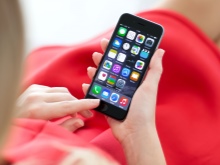
Review overview
It is always interesting to listen to real users who have already tested the operation of this or that recorder. If you read the reviews on the forums, you can make a small list of comments from the owners of voice recorders. What power users say:
- if you buy a dictaphone with a large number of functions, it may turn out that they are rarely needed, but you have to pay extra for them - you should not duplicate what is already in the smartphone:
- branded models are almost always a guarantor of quality, and you should not be afraid if the equipment is made in China (Japanese and European brands have assembly points in China, and we are not only talking about dictaphones);
- buying a professional voice recorder for personal use, outside of business purposes, is more of an impulse than a thoughtful action (a student does not need expensive gadgets to record his thoughts or record lectures);
- the metal case better protects the recorder from shocks, which are the more possible, the smaller the device.
Not only journalists work with the dictaphone, and if you have to record sound often, the smartphone may no longer be able to cope, it's time to buy another gadget. Happy choice!
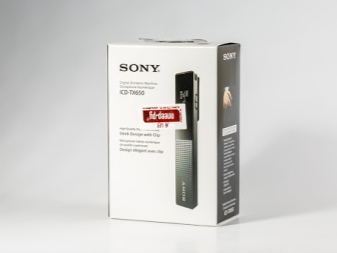













The comment was sent successfully.